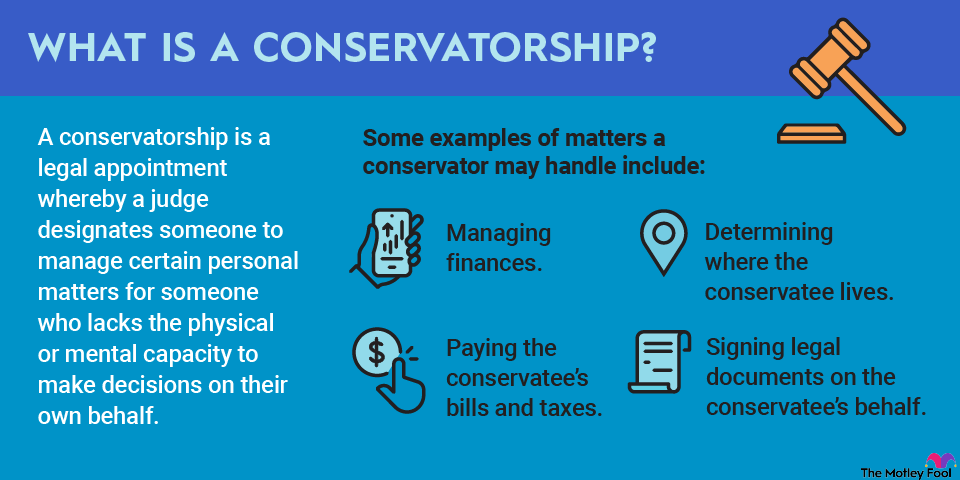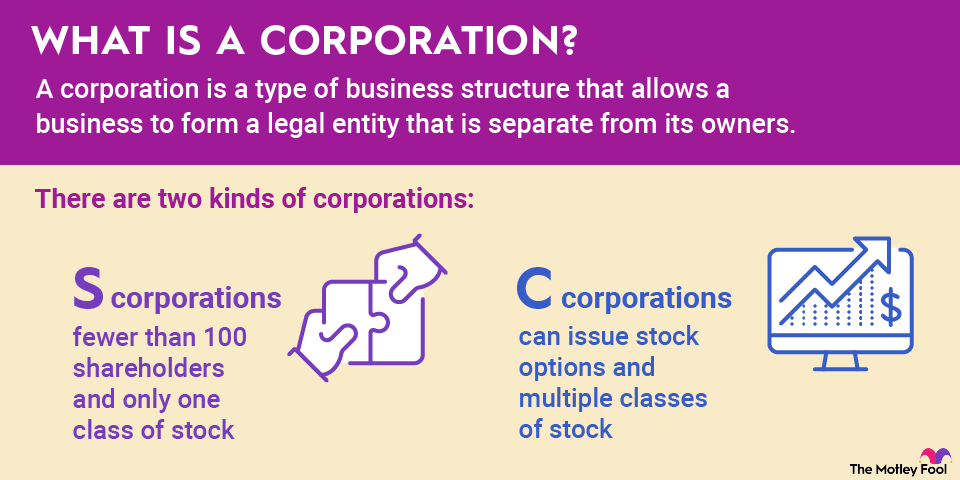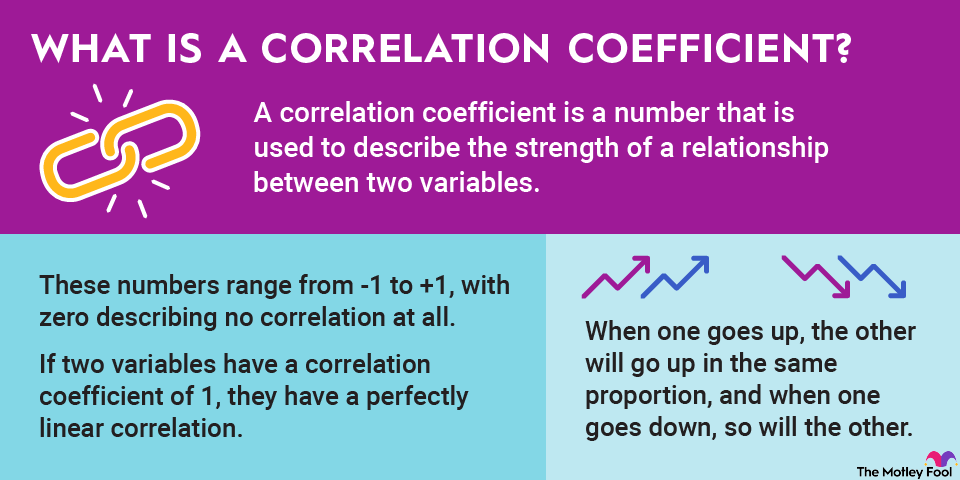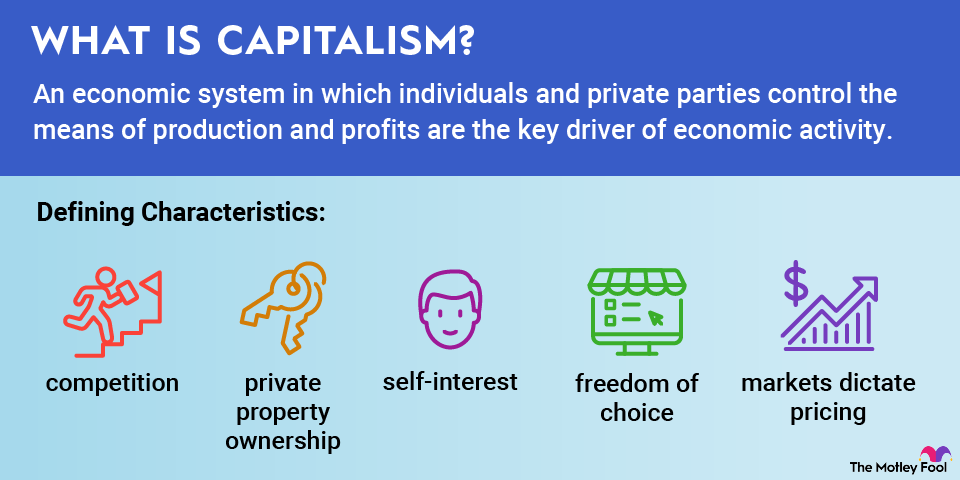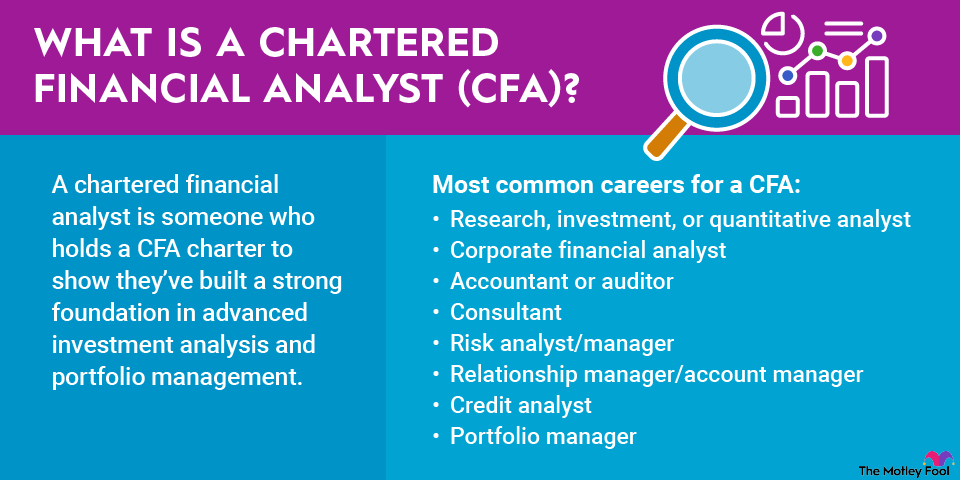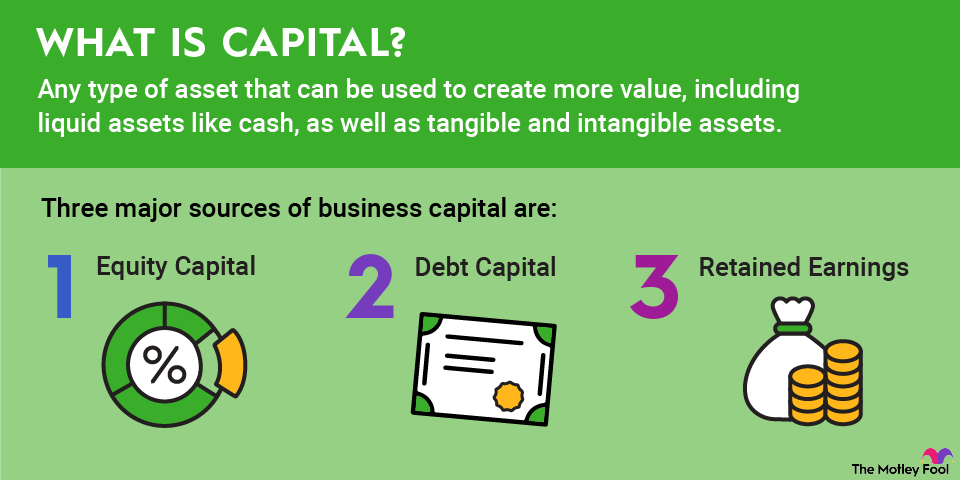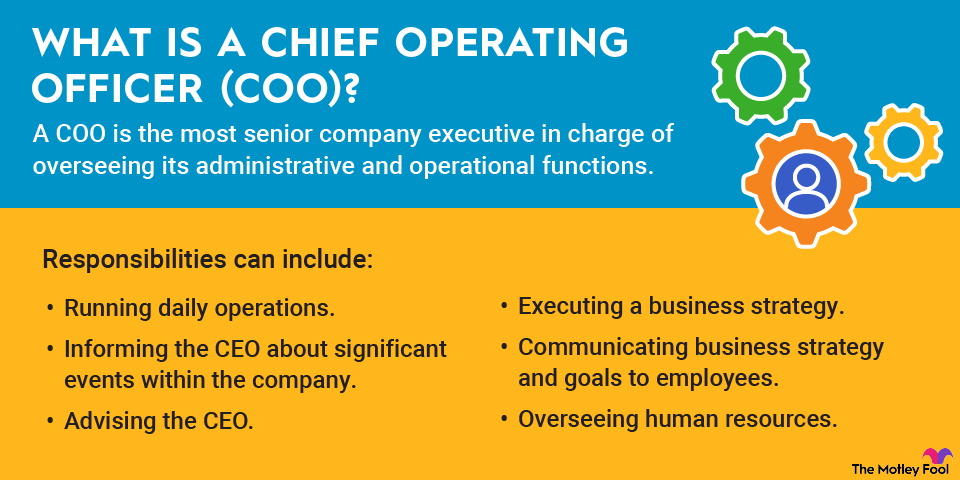When you're evaluating a new company or even looking at the numbers of one you've owned for years, it's important to keep an eye on where the money comes from. One key indicator that's important for investors is cash flow from operating activities, sometimes shortened to CFO.

What is cash flow from operating activities (CFO)?
Cash flow from operating activities (CFO) is an important metric that can demonstrate just how well a company's core business is performing. Unlike some other earnings metrics, CFO only looks at money that's generated from regular business operations; it doesn't account for things like funds raised by a stock offering or depreciation.
CFO is not a metric that you should use to compare your company to other companies. It's best when used against the same company across various time periods. Because companies figure some of the components of CFO, such as capitalization thresholds, based on their own metrics, it's impossible to compare two companies without understanding how all those different things are calculated.
Types of cash flow
Cash flow from operating activities is just one of three types of cash flow that you may see on a cash flow statement. The three types of cash flow you should be familiar with are:
- Cash flow from operating activities. CFO is literally the money that comes in and goes out due to the core components of a business. If your company sells coffee, it's the money your customers give you, minus the cost of the beans, the employees, the cups, and so on.
- Cash flow from investing activities. Cash from investing activities isn't just about investments made in other companies or other types of securities; it's also about investing in the company itself, such as buying equipment that can speed up a process. This also includes the sale of investments as part of the cash flow calculation.
- Cash flow from financing activities. Cash flow from financing activities includes the money that comes and goes from issuing stocks or bonds, borrowing debt, paying dividends, repurchasing stock, and even paying down debt that's been borrowed.
Methods for depicting cash flow from operating activities
There are two methods for depicting cash flow from operating activities: indirect and direct. Although these don't sound super exciting, they are useful for calculating CFO based on the information you have available.
Indirect method
With the indirect method, you start with net income on an accrual accounting basis and work backward until it's a cash basis figure. Since accrual accounting means that revenue is recognized when earned (not when cash is received), the figure can be very different than that of cash accounting. This often looks like simply subtracting transactions that were earned but not paid within a certain time with a specific line-item notation on the cash flow statement.
Direct method
The direct method starts with the company recording all transactions on a cash basis. So, when you're paid for a product, for example, you record the payment -- not when it's earned (i.e., when you get the order, but it's not paid). There are many ways and reasons that payments are deferred, which can interfere with accurate cash flow statements when using the accrual method.
Related investing topics
Cash flow from operating activities vs. profit
For investors, it's important to understand the difference between cash flow from operating activities and profit. They do seem a lot alike, and for good reason. Essentially, CFO is a component of profit, but it's not the whole story.
Profit is what's left after all the expenses have been paid -- that includes things that would fall under other cash flow categories, like paying loan payments or dividends. CFO by itself is just the net direction that money is flowing between the company and the company's customers.
So, where profit will tell you how much money a company has made or lost, CFO tells you what direction cash is flowing (positive or negative) in relation to customer-centric activities. CFO, then, is how much you're spending on making coffee for your customer, for example, vs. how much customers are paying for the end product. It doesn't include other investments the company is making or other types of financial activities, like stock offerings.
